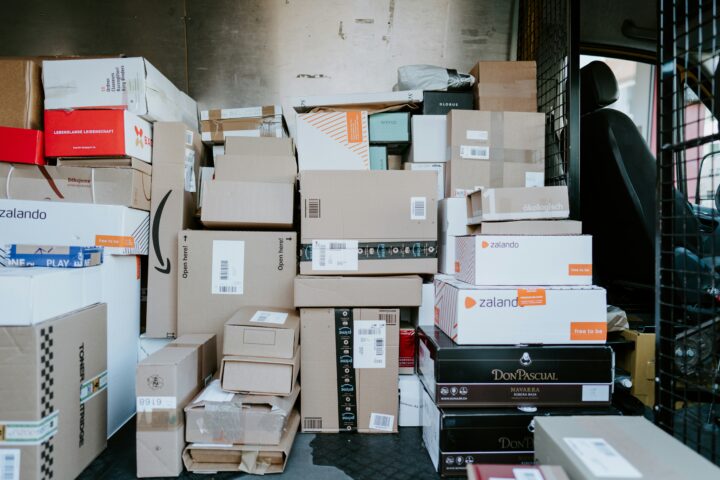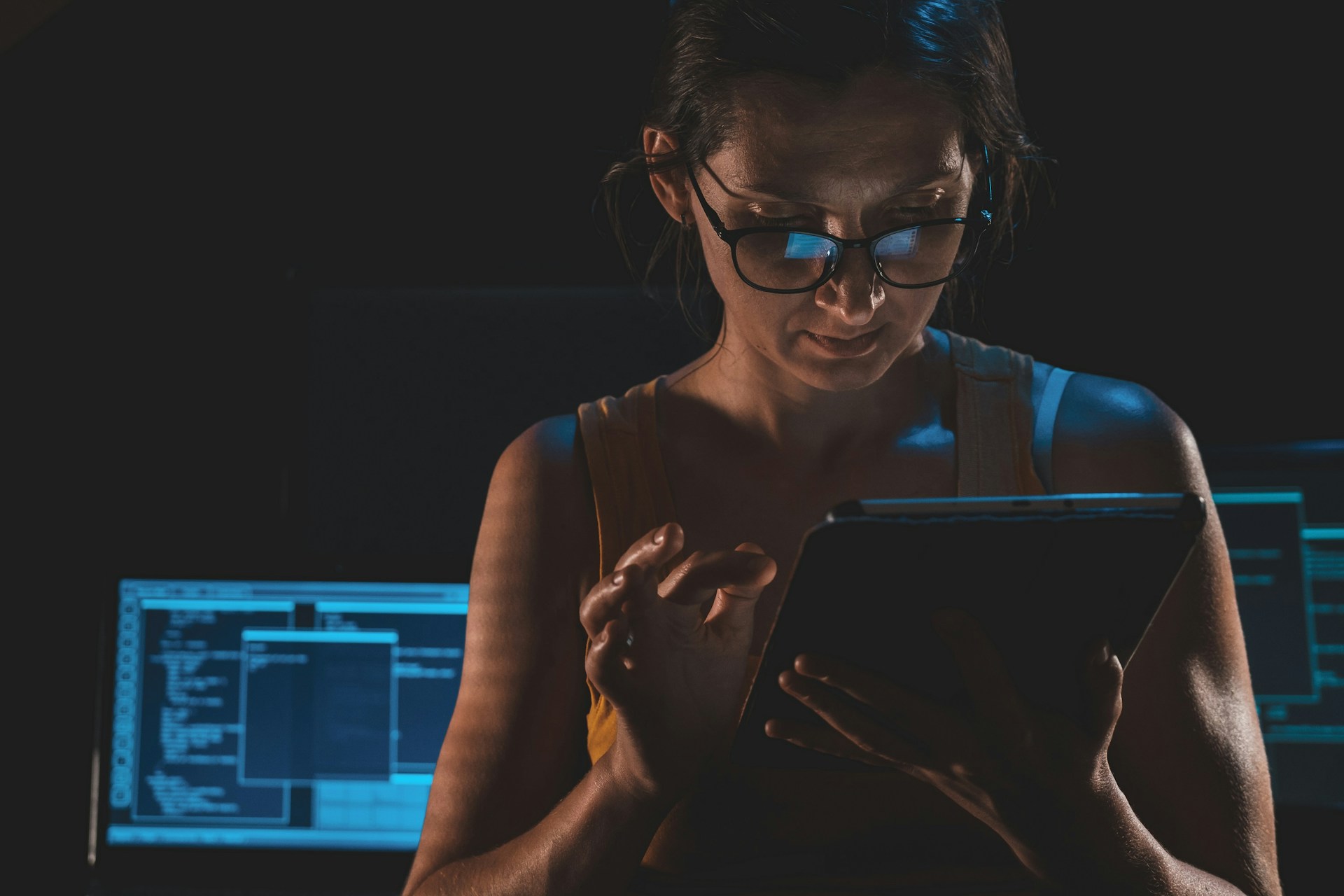
In 2017 the median loss attributed to healthcare claim fraud was $1,185,990. Healthcare fraud includes any type of filed fraudulent claim that is intended to turn a profit on the part of the filer. The medical industry faces many forms of fraud, and schemes like this can come in many different forms including:
- Using a fraudulent claim to obtain unneeded prescription pills at little to no cost and then selling the pills for profit.
- Billing for services and care that was never provided.
- Filing multiple claims for the same service.
- Billing non-covered services as covered services.
- Altering medical records.
- Intentionally reporting fraudulent medical diagnoses or procedures to maximize profit.
- Altering service descriptions, provider’s identities, and dates.
- Giving or accepting compensation for referrals.
- Prescribing unneeded medical treatment.
- Utilizing unlicensed staff members.
Individuals can commit healthcare fraud by intentionally providing false or doctored information when applying for services, selling prescriptions, using benefits for non-medical purposes, or loaning their insurance cards to others. When this type of fraud occurs, the healthcare provider then passes the cost of losses onto other customers. In fact, up to 10 cents of every dollar spent on healthcare is used to cover fraudulent medical claims. To combat these fraud cases, there are a couple of resources that healthcare providers can utilize.
Using Software and Technology to Combat Healthcare Fraud
Along with professional investigators, the addition of software applications can help give healthcare providers more control over their claims. Some software applications allow providers to locate assets, people, businesses, and affiliations in the event they are needed during an investigation. This allows for connections between incidents, activities, and individuals to be more readily identified so that the fraud can be correctly detected and prevented. A couple of other ways healthcare providers are helping fight fraud includes:
- Biometrics
Biometrics is growing as a popular security measure to help cut down on fraudulent activity. When a patient arrives for verification, a fingerprint scanner, iris scanner, or facial recognition system is used to verify their identity and prevent someone else from posing as them. Some healthcare facilities use this to ensure that the patient matches their ID before sharing confidential information with them. This not only helps prevent identity misuse, but it can help prevent information from being leaked or medications from being given to the wrong person. This technology also has the ability to be integrated with CCTV so that a patient can be recognized when they arrive at a location. - Predictive Models
The predictive modeling process uses data mining and analysis to detect fraudulent activity. When a claim is put into the system the model can calculate and produce a risk score. The higher a score is the higher the chance of fraudulent activity. Predictive modeling is able to detect these risks by looking for indicators such as suspicious monetary exchanges and inappropriate billing charges. The ability to seamlessly calculate the likelihood of these risks can significantly cut down on the amount of fraud and abuse that the industry is experiencing while giving providers a smaller amount of claims to analyze further for suspicious activity. - Blockchain
Blockchain is well known as a transaction ledger for cryptocurrency; however, some believe it could help reduce healthcare fraud. This is because changing data is one of the most common fraudulent practices found in healthcare and blockchain prevents it entirely by making it impossible to change or delete any data. Blockchain can also be used for asset tracking to better locate where something is coming from and where it has gone, this is useful for tracing medications from manufacturer to consumer, ensuring the right people are getting what they need. This can also help providers detect if anything suspicious is stemming from the manufacturer’s end, allowing for greater transparency and more accountability. - Artificial Intelligence
Many industries are employing AI to save time, resources, and money. In healthcare, it can also be used to help prevent fraud. As the software is able to learn and adapt to changes, it can better detect both billing and coding errors that would have otherwise slipped by unnoticed. Errors like this can include billing both private and government insurance for the same service or charging more than is allowed. The great thing about AI is that it’s consistent and works 24/7 without the need for breaks. Overall it can help make departments more efficient and less prone to errors or deliberate fraudulent claims. - Microchips
Microchipped cards can be used to store a host of data that can help prevent forgery or tampering. While they can’t prevent all types of fraud, they can help significantly crackdown on some. Capable of preventing falsified records, over-billing, and more, these cards can also crack down on a lack of verification. These cards can also be configured to house data on specific prescriptions, medical histories, and overdose incidents. This way if a patient tries to request a suspicious prescription, clinicians can know about it in real-time.
Technology like this can go a long way towards cracking down on healthcare fraud, with 5.7 million Americans living with Alzheimer’s who need care, 131 million people using prescription medications, and 36.5 million patients admitted to hospitals each year, the need for improvement has never been greater.
That said, with all of this technology the threat of dependency is tangible, and it is something providers need to consider before integrating everything digitally.
The Cons of Technological Dependency
Technology in healthcare is essential to maintaining the continued improved care of the sick, disabled, and elderly; however, it can be a double-edged sword. Even outside of work, doctors advocate keeping screen time to under 1 hour a day for young children. At work, complete dependence on technological means could lead to chaos is the system becomes unavailable or goes offline. If the system is unable to be accessed tasks could risk going uncompleted and efficiency and productivity can grind to a halt. This is both frustrating and dangerous as it could lead to a lower quality of care if the staff has become too dependent on technology without workarounds. This could also lead to more errors if data needs to be copied and entered manually, in some instances documentation could even be skipped altogether if the system is inaccessible.
Due to the complexity of hospital systems, any type of shut down can greatly impact workflow and if backup systems or protocols are not put in place. For instance, if a laboratory reporting system goes down, staff must rely on phone calls and pagers in order to get needed results. However, this prevents them from being able to see past data, and in turn, could cause something to be overlooked that otherwise should have been available in their records.
This goes also for any technology put in place to help prevent fraud. While usually reliable, if something happens, it’s always prudent to have a backup contingency to ensure that nothing slips through the cracks while the system is being repaired.
Conclusion
Medical fraud is one of the largest issues facing the medical industry and without the properly implemented prevention measures, providers stand to lose millions every year. To prevent this, technology can be utilized to crack down on fraudulent claims, track inventory, identify specific patients, and notify clinicians if they make any suspicious medication requests. However, it is likewise important to create failsafe in the event that a system goes down. While technology is one of the greatest assets of the healthcare industry even it can go down and leave you needing backups.



